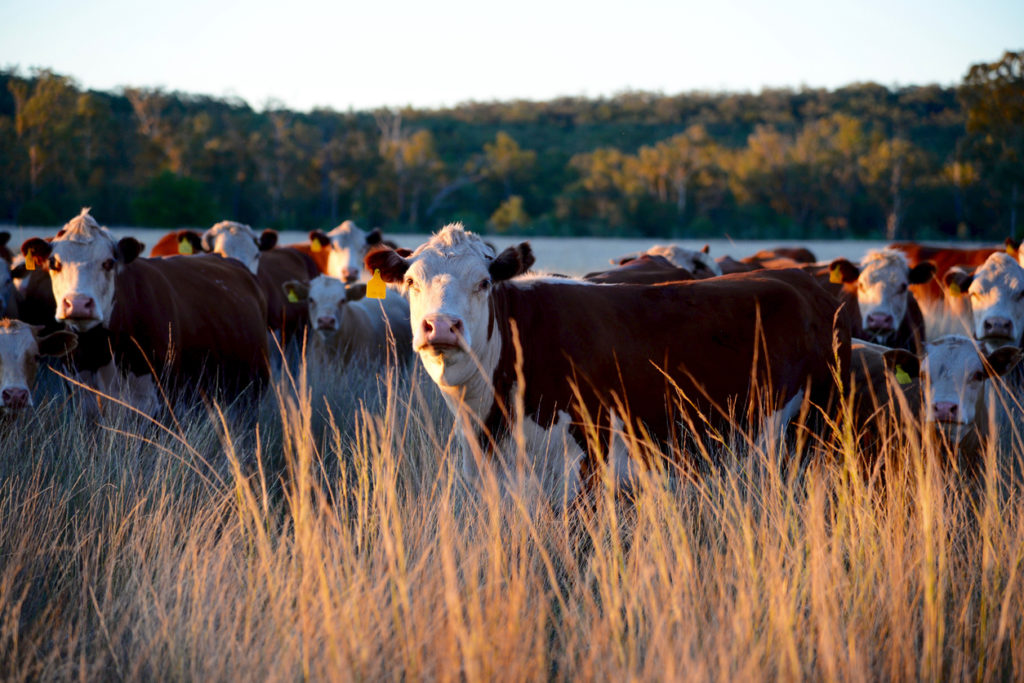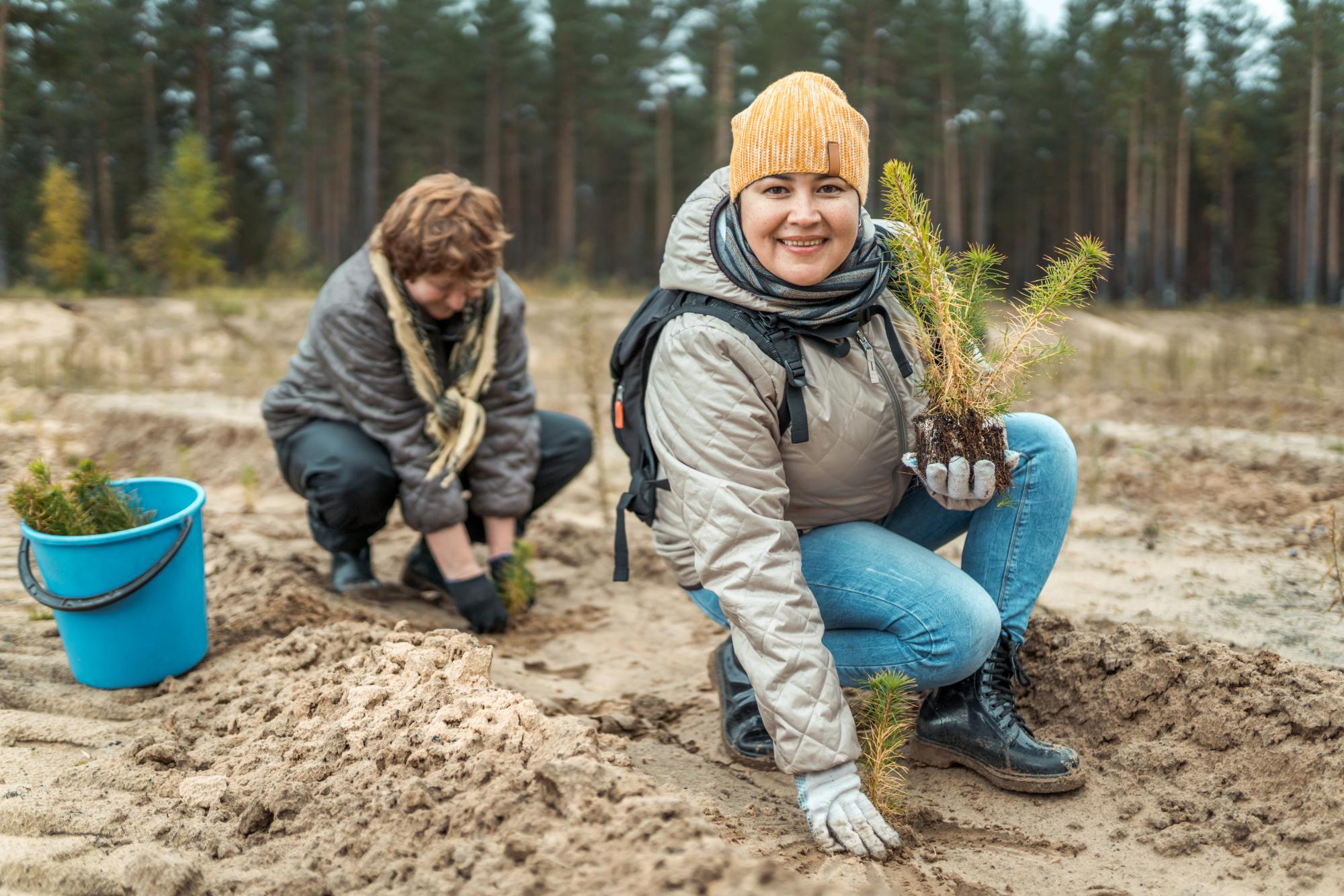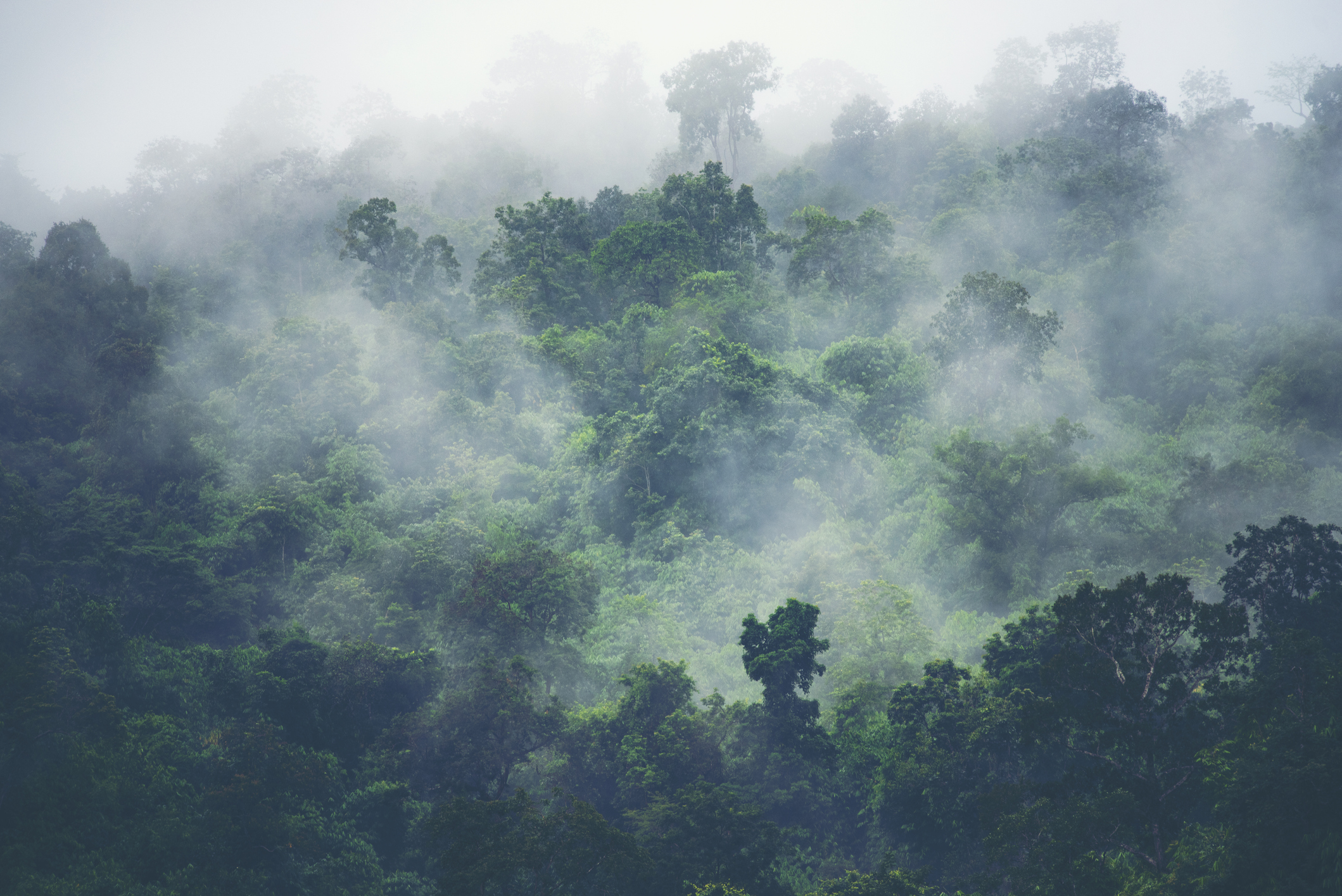The Ten Year Desert
When a demand for grain surged during WWI to feed troops, farmers were encouraged to transform vast tracts of grassland in the prairies into agricultural land. Accelerated by new and heavy machinery, acres of the North American prairies were rapidly converted into grain production – until the rain stopped and the drought came. Grasslands had been able to withstand these prolonged periods of water shortages, but now, the lands lay bare. Dry, hot winds whipped up the topsoil, clouding the sky. As the crops failed, farmers abandoned their land by the thousands, leaving as quickly as they could turn them. What followed were dust storms and insect infestations that lasted a decade, impacting surrounding areas as far as Northern Saskatchewan and New York Harbour. It was remembered as the Dust Bowl.
“It’s safe to say that it was the most important ecological disasters humans have caused.”
Sean Smukler, Chair of Agriculture & Environment and an Associate Professor of Applied Biology & Soil Science at the University of British Columbia, researches the impact farming practices have on the environment. The Dust Bowl, he says, serves as a critical case study for how unregulated farming techniques and agricultural pressures to over-produce can lead to desertification, that is, the degradation of land that results in the creation of a desert.
Since the Dust Bowl, maintaining ecological integrity has become a basic and on-going part of land management in Canada and the US. Farmers witnessed first-hand the ramifications of focusing solely on the bottom line, and developed infrastructure to prioritize soil health alongside land cultivation.
“We’ve done a lot to prevent that from happening here again in North America,” Sean says. “But in other places in the world, like the Amazon, it’s surely susceptible.”
80% of deforestation rates in the Amazon is attributed to the international demand for beef.

80% of deforestation rates in the Amazon is attributed to the international demand for beef. But as export of Brazilian beef increases, Alex Johansen, former Outdoor Learning and Sustainability Program Specialist at Science World, observes another transaction: the export of Western industrial farming practices to local farmers in the rainforest.
“The industrial system of grazing large herds in one place for large amounts of time can have some very strong desertifying effects,” she says. “Not only are we losing carbon sink, with the forest itself and the biodiversity, we're also losing the human cultural knowledge that's there and replacing all of that loss with something that's going to have more harmful effects.”
Traditionally, farmers in the tropics have used slash-and-burn techniques as part of their land rotation to make the area usable for agriculture again; it’s a strategy that’s worked for hundreds of years.
The problem emerges when the amount of land being developed for agriculture is industrial in scale. Vast tracts of the Amazon are converted from rainforest into grassy pastures for cow herds to meet beef production demands. The results are a drastically changed landscape, increased methane emissions and the inability to revert back to an ecosystem that took thousands of years to nurture.
“The Amazon is not necessarily an extremely productive location for grazing animals,” Sean clarifies. “It’s just big.”
Not having enough land to meet global demands is not an issue exclusive to the Amazon - but unlike ecosystems, this rainforest has massive effects on the global climate.
Redefining Our Understanding of “Farmers”
At Sean’s Sustainable Agriculture Lab at the UBC Farm, the interplay of farming and climate change is seen as a “dual relationship.” On one hand, farmers are affected by the changing climate, seeing increasingly extreme and unpredictable agricultural conditions. On the other hand, farmers are currently engaged in practices that affects, and in cases like the Amazon, accelerates climate change.
“What we’re talking about is one small percentage of the population – farmers – that are managing most of our global landscape,” he says. “Farmers are often making decisions that are best for their bottom line, which is totally understandable because it’s a business that has very tight margins. But we only incentivize them to produce agricultural products.”
Producing agricultural products such as grain, soy or beef is one of the most popular ecosystem services that farmers provide, and certainly the most well-known. But getting food on your table isn’t the only thing farmers are responsible for. In an area with a vast amount of industry, stewardship of the landscape’s natural ecology falls under farming. Enhancing pollination, essential for crops and plants in the ecosystem, does too. Even ensuring access to clean water is a service that farmers are greatly involved with.
But perhaps, one of the most underutilized ecosystem services is in increasing soil organic carbon, a practice both essential to maintaining the health of agricultural land and one that’s combative to climate change. As carbon is stored in the soil and begins to sink, it actively removes CO2 from the atmosphere.
“It’s one of the primary win-win solutions that we’re focused on,” says Sean. “What we’re trying to do is focus on ways to demonstrate those methods are clearly economically viable so farmers might actually be provided some incentive from greater society to do these practices.”

Making Global Change At Home
Carbon capture in soil occurs naturally in forests and oceans. It’s what makes places like the Amazon Rainforest known as “carbon sinks.” Canada’s Boreal Forest, dubbed the “Amazon of the North,” is also a carbon sink, and known for holding some of the world’s densest carbon – carbon so old scientists refer to it as legacy carbon.
As deforestation continues in the Amazon, Boreal Forests are experiencing extreme forest fires partly as a result of fire prevention policies that replaced Indigenous burning practices. Both forest types are unleashing an unprecedented amount of carbon back into the atmosphere, impacting and accelerating the rise in temperatures associated with climate change.
“Even if we were to reforest both [the Amazon and the Boreal Forest], it would not restore the carbon sink we’re losing,” Alex clarifies. “That being said, reforesting is not just about carbon sinks.”
When Alex returned from working in Nicaragua she made two major changes in her life. First, she shifted her international work to focus on her immediate community instead. Then, she changed her dietary restrictions. Both were motivated by a need to address climate change on a personal level.
“I’m vegetarian,” she says. “But it’s not culturally responsible to ask others to make that change as a solution [to climate change]. Some people can’t be plant-based for whatever reason. We need to make systemic shifts to make real change.”
As cities like Vancouver continue to develop their infrastructures, an increase in reflective surfaces such as concrete and glass creates the “urban heat island effect,” thus contributing to heat waves. In an increasingly globalized world, Alex reminds us that just as the Amazon can affect the global climate, so too can our hyper-local environments.
“One of the most effective ways we can combat our heating environment is by planting trees, starting gardens and creating more greenery,” she says, adding that doing so affects storm water capture. BC is also home to kelp forests, known as the “the rainforest of the ocean.” Restoration of this carbon sink can mitigate ocean acidification and cool global temperatures. As Alex points out, “Reforesting doesn’t just need to be land.”
However, the systemic shifts she calls for are not just rooted in regenerating the environment, but in regenerating relationships that stopped traditional land management practices from continuing in the first place.
“Indigenous communities and communities of colour have built the knowledge and have [had] solutions around climate change for so long,” she says, citing fire-keeping Boreal Forests and maintaining sustainable relationships with kelp forests.” These communities are being disproportionately affected by climate change, and part of the solution is listening [to them].”
“Making developing countries responsible for the decisions our countries have made over the past 200 years about the way we treat the environment is pretty hard to swallow,” Sean adds. “We can take responsibility for this situation by not being hypocrites.”
Take a walk on the wild side.
The TD Environmental Trail loops around the exterior of Science World with free-to-the-public exhibits that delve into the most pressing local issues in transportation, food, water, and waste. Take a moment to learn about our world while enjoying False Creek’s scenic views and ocean-fresh air.
